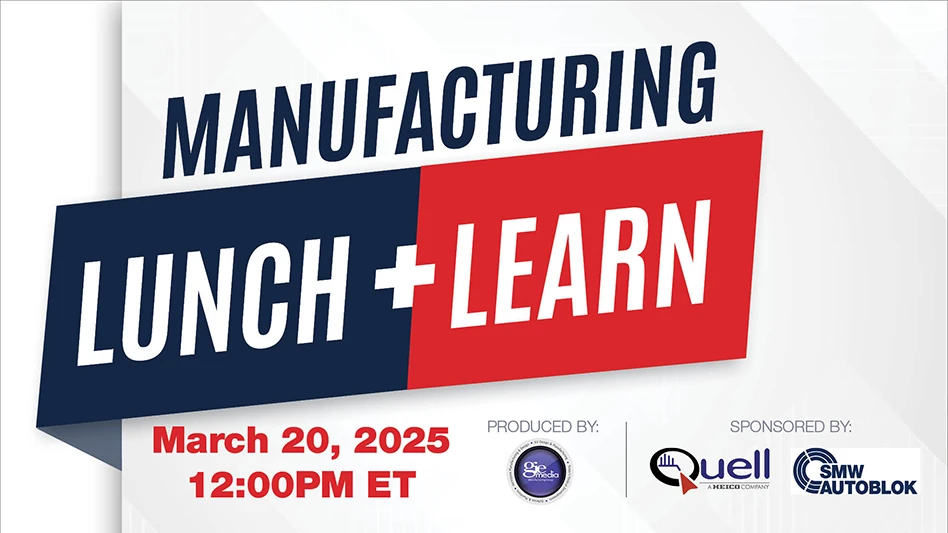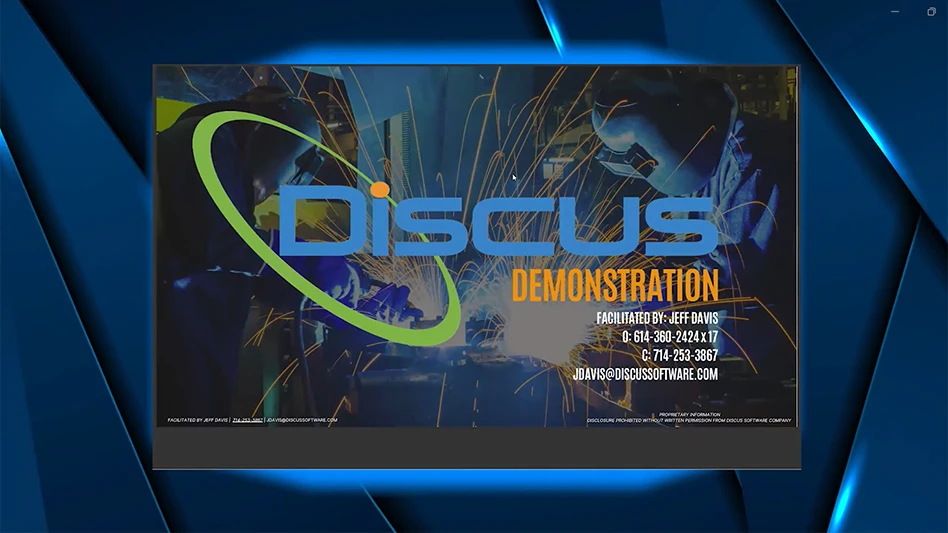
Uncertainty may be slowing the economy, according to a recent analysis. Tariffs, consumer debt, tax changes, stagnating foreign economies, and politics are playing a part. In December 2018, all but one of the Federal Reserve Banks indicated signs of a recession coming. It could just be the arc of the business cycle, and if you are in aerospace manufacturing, any slowdowns you are experiencing may be due more to supply-chain disruptions than decreasing demand for your products.
Ned Hill, professor of economic development in the Ohio State University’s John Glenn College of Public Affairs and member of the College of Engineering’s Ohio Manufacturing Institute, has focused on coping with adversity in lectures and a recent book. He shared his economic analysis at the rollout of a state-of-manufacturing survey of nearly 500 respondents, keyed to Northeast Ohio, but his advice is more far-reaching.
If the economy pauses, Hill argues that’s the perfect time to consider your strategy for when the rebound comes, as history shows it will. Companies that learn from disruption in their business will be the ones that survive. “Companies investing in the future will win,” Hill says. New markets, new products, and innovation are the way to the future, he adds, but companies still need to do operations well. Increasingly, that means applying technology such as automation/robotics; smart, connected machines (Industrial Internet of Things/Industry 4.0); predictive analytics; virtual reality; and 3D printing.
In response to a skilled labor shortage, manufacturers of all sizes are turning to automation, regardless of whether their revenues were up, flat, or down slightly. Although larger companies can afford to embrace automation more than companies with revenues less than $5 million, nearly half that report it applies to them say they use automation to augment their workforce. Automation to replace workers represents only 6% of replies. Slightly fewer than 1 in 4 companies reported they are just starting to use robots, with 1 in 10 maximizing their use. For collaborative robots designed to help workers directly, the figures show 21% just starting to use them and 3% maximizing use. Ohio manufacturers may lag nationally in adopting automation, but even the broader picture reveals growth opportunity.
Similarly small numbers show up in adopters of other leading-edge technologies. Barely more than half of Ohio manufacturers say they are using smart, connected machines – 38% just starting, 13% maximizing results. Companies using predictive analytics: 30% are just starting, 5% report obtaining maximum benefit. Virtual reality barely registers, with only 7% of companies just starting and none reaching maximum use.
Companies are embracing 3D printing for prototyping, with 33% starting to adopt the basic technology and 7% claiming to maximize its use. Advanced 3D printing for tooling and mold-making is a little further behind, with 16% starting to use and 2% maximizing.
The lesson was twofold: despite the attention editors may give advanced manufacturing technology, it is still low on the growth curve, poised to make its impact with more widespread adoption. And companies that are succeeding, and likely to continue to do so, invest in technology. – Eric

Explore the March 2019 Issue
Check out more from this issue and find your next story to read.
Latest from Aerospace Manufacturing and Design
- Heule's DL2 tooling for deburring of small bores
- Ralliant to establish global headquarters in North Carolina
- Philatron MIL-DTL-3432 military cables
- Beyond Aero refines its hydrogen-electric light jet
- Americase's advanced protective solutions
- Social media - what are your thoughts
- GE Aerospace secures Air Force engine contract
- Thomson Industries' online sizing and selection tool





